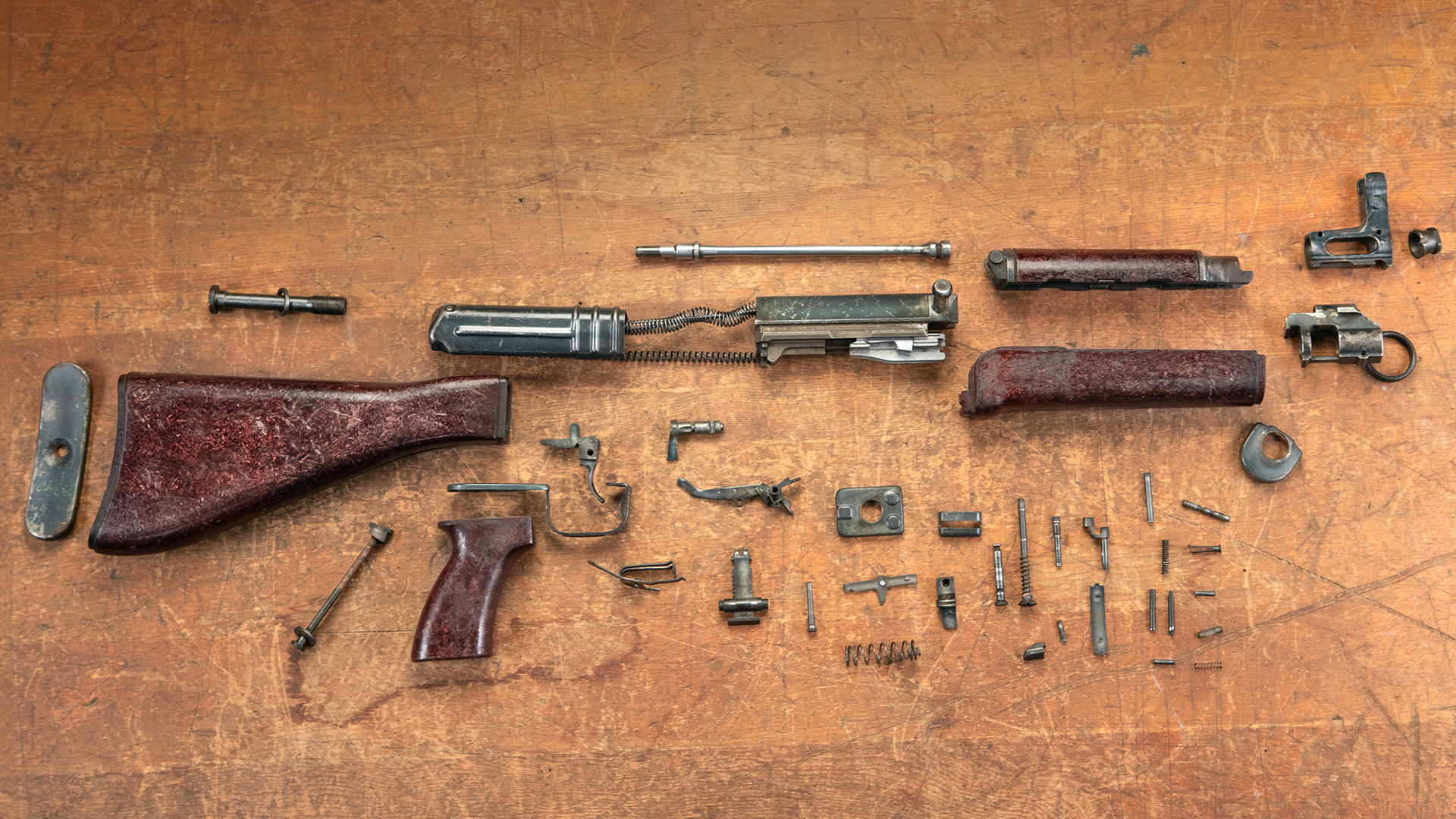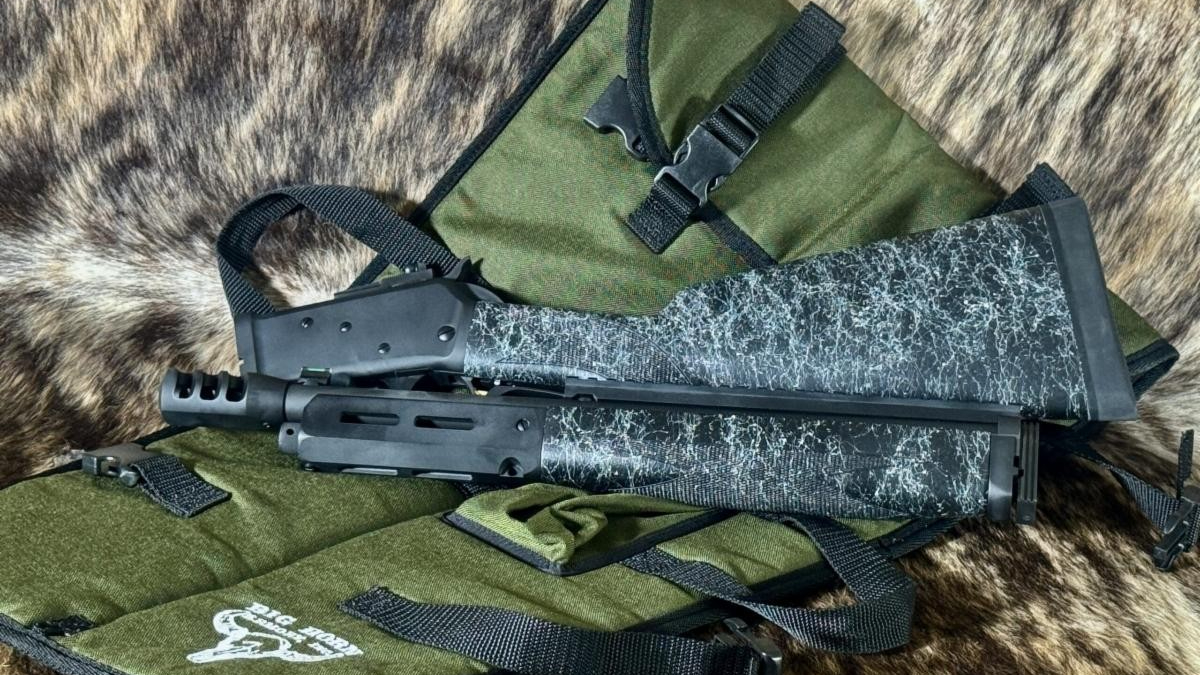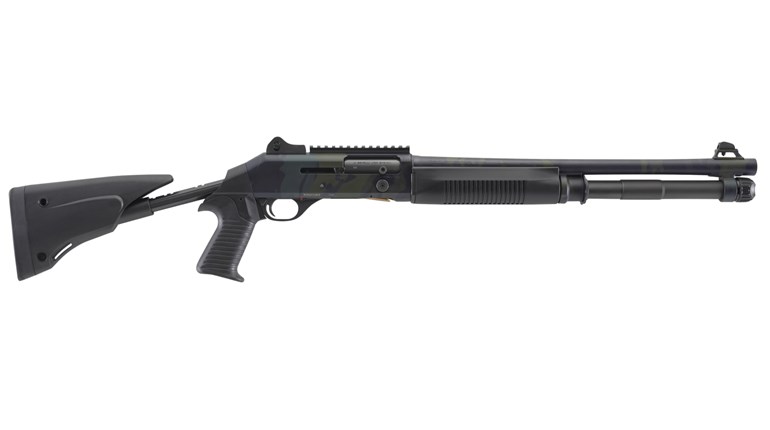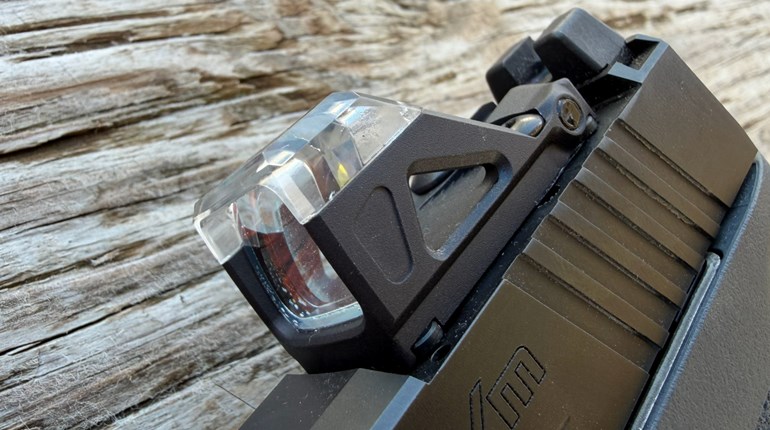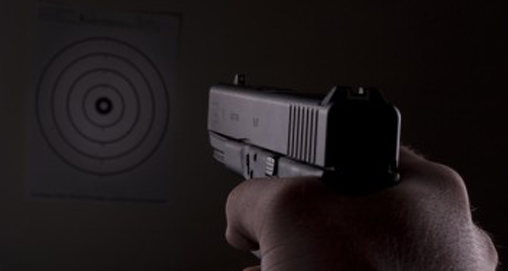
As concealed carry grows more popular in the United States, people from all walks of life are taking up shooting as not only a recreational activity or hobby, but also as a means of preserving who they are and what they have achieved, accomplished and acquired in their lives. They live in different environments, lead different lives and purchase a wide variety of firearms in any number of chamberings suitable for self-defense.
As a group of individuals seemingly connected only by the shared thread of firearm ownership, they don't necessarily have much in common. There is, however, one more thing that connects a large number of these shooters.
When they practice shooting, they stand with their shoulders square to their target, which is often just 3, 5 or 10 yards away. Their target is a black or grey outline of a human body, or even just a large black circle on a white background. They start with their firearm already in their hands—sometimes already pointed at the target, sometimes from the low ready—and proceed to shoot at the head or chest.
Sometimes, they will incorporate the concept of time, quickly bringing the weapon up to their line of sight and firing two or more shots at various parts of the body. Still, this is just a variation on the above theme.
At most shooting ranges, especially indoor shooting ranges, this is the status quo. It could hardly be more different from the real world.
An armed assailant with the intent to steal, rape or murder will not make it easy on his intended target. In most cases, he will not announce his intentions clearly from a distance because he will want to keep his victim from being able to trade space for time.
He will seek out what he perceives to be a weaker or easier target. Sad proof of this comes from the U.S. Department of Justice, which states that disabled people of all ages are twice as likely to be victims of violent crime than those without disabilities.
He is likely to approach from the side or from behind. If he intends to approach under some sort of guise or pretense, he might approach from the front, but he is not likely to do so if he is faced with someone who already has a firearm pointed at him.
As opposed to the bright conditions often found at shooting ranges, he will seek to attack under the cover of darkness or shadow. Look no further than the Big Apple, where 67 percent of homicides committed in New York City from 2003 to 2011 occurred at night.
Why, then, do so many shooters practice under conditions and for situations they are not likely to encounter in the real world?
First, as members of the gun culture, we are heavily influenced by military and law enforcement training, which is itself heavily influenced by history. Although warfare has changed since men with spears lined up to face each other in battle, the concept of squaring up to one's target in practice has not.
Second, and this is closely connected to the first point, because of the nature of firearms and shooting ranges, a new shooter is conditioned to follow the instructions, regulations and habits of those around him. In terms of safety, this is, of course, a good thing—in all the training I do, safety is my primary consideration. But when it comes to actually being prepared for a violent encounter with a criminal or criminals, joining the herd and practicing the way they do might not be the best choice.
So how can a shooter concerned with personal defense better prepare for the task?
From a skills-development standpoint, the first thing to do is break out of your comfort zone. If you shoot a large target at close range, move the target farther away and try shooting at something smaller.
Index cards, or 3x5 cards as they are sometimes called, make great, low-cost targets. If you can keep all your shots on a 3x5 card at 7 yards at speed, or more slowly at 25 yards, you will be a better-prepared shooter. Try to seek advice from bullseye shooters at your range if you need help.
What will bring you closer to a fighting, as opposed to a target shooting, mindset will be to practice shooting in low light, in close quarters and from varied positions. You might have to find a range that allows shooting after the sun has gone down or an indoor range where you are permitted to dim the lights at certain times of day.
If you have access to an outdoor range that holds pistol or multi-gun competition shoots, you might be able to find small buildings, or at least the facades of buildings, where you can practice shooting in a confined space or after entering or exiting a doorway. If you go shooting with friends, have them set up and rearrange targets beyond a doorway, out of your sight, so you do not know what you will encounter when you go through it.
While it is always important to wear ear and eye protection while shooting, it is especially important to do so in a confined space. Brass can bounce off walls at a high rate of speed, and muzzle blast will sound even more fierce—and do more damage—when contained in a small area. Wearing both earplugs and earmuffs or a headset can help preserve your hearing even more.
It is refreshing to see so many individuals seeking to provide for their own safety and that of their family or friends. I highly recommend those wishing to carry concealed handguns practice with the seriousness and dedication required for the task.
Jack Boyd served in the United States military and has worked executive protection assignments for clients outside of the United States. He has written SOPs (standard operating procedures) for responding to IED attacks and complex ambushes, which were used by military units operating in the Middle East. He currently works for LuckyGunner.com as a writer and technical consultant and can be reached on Facebook and Twitter.
























